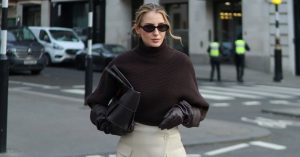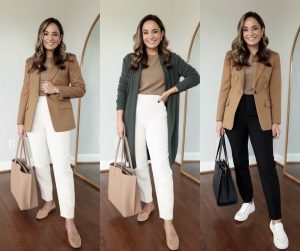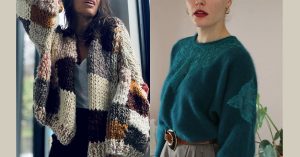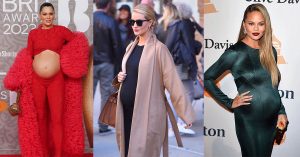Master fashion sketching step-by-step guide is the bridge between imagination and creation. Whether you dream of designing the next runway collection or want to explore your creativity, learning how to sketch your fashion ideas is the first step. With the right tools and techniques, anyone can learn to bring their clothing concepts to life on paper.
In this master fashion sketching step-by-step guide, we will walk you through the basics of fashion sketching—from choosing materials to mastering the figure and fabric representation. Let’s dive into the world of fashion illustration, where you’ll discover how to translate your thoughts into beautiful, expressive sketches.
Gather Your Essential Sketching Tools

Before you start sketching, having the right tools makes all the difference. A few basics to get you going include:
Pencils: Opt for different grades of pencils, like HB, 2B, and 4B, to add depth to your sketches. A mechanical pencil can also provide consistent lines.
Erasers: Keep both a soft kneaded eraser and a harder one for correcting small details.
Sketchpad: Choose a good-quality sketchbook with smooth paper that can handle frequent erasing.
Colored Pencils/Markers: Once you’ve mastered sketching, adding color will enhance your designs. Prismacolor and Copic markers are popular choices among fashion designers.
For a more in-depth look at the tools you’ll need, this sketching toolkit guide provides insights into what works best for beginners. Check out Amazon for a beautiful variety of fashion sketching tool kits.
Learn Basic Fashion Figure Proportions

Fashion sketches focus heavily on figures known as “croquis.” These exaggerated models help highlight the flow and fit of garments. Standard fashion figures are typically elongated, with legs longer than usual to accentuate the designs.
To create your own croquis:
Start with a basic skeleton: Use simple lines and circles to map out the body. Most fashion figures are around nine heads tall, which may seem unnatural but works for showcasing clothing.
Define the posture: Croquis are often posed to add movement and fluidity to the sketches, allowing your clothes to be displayed dynamically.
Draw lightly: In the beginning, draw the figure lightly so you can adjust proportions and posture as needed.
For a visual guide on drawing croquis, this fashion sketching tutorial offers a step-by-step breakdown of how to structure your first figure.
Sketch Your Garment Designs

Now that your figure is ready, it’s time to design the clothing. Start with light outlines and gradually build details:
Outline the main shapes: Whether you’re sketching a gown, jacket, or pants, first block out the larger sections like the bodice, skirt, or sleeves.
Add detailing: Include seams, folds, and textures. Consider how the fabric would fall on a body—would it flow or hold structure? Sketch accordingly.
Showcase key features: If your design has intricate embellishments, make them clear with sharp lines and shading.
When working on clothing designs, it’s crucial to understand how fabrics behave. This fabric guide breaks down various materials and their properties, helping you sketch garments realistically.
RELATED: How to Choose the Perfect Color Combinations for Your 30s Wardrobe
Use Shading and Textures to Add Depth

Shading is what turns a basic outline into a more lifelike sketch. Understanding light sources is important to ensure your shadows and highlights are correctly placed:
Light source: Determine where the light is coming from to shade areas that would naturally be darker.
Textures: Some fabrics, like satin, need smooth, shiny shading, while others like wool require rougher strokes.
Layering: Build up shading in layers to avoid smudging and to keep your sketch clean.
Textures are key to showcasing fabric types in your sketches.
Practice, Practice, Practice!

Like any skill, fashion sketching improves with regular practice. Try sketching your favorite outfits or iconic designs to hone your skills. Over time, you’ll develop a personal style and approach that reflects your vision.
Here are a few tips for consistent improvement:
Start a sketchbook: Dedicate time every day to practice new ideas and refine old ones.
Experiment with different poses: Use a variety of croquis templates to try new silhouettes.
Incorporate color: As you gain confidence, start playing with colored pencils or digital sketching software like Adobe Illustrator.
For more structured guidance, this Master Fashion Sketching Step-by-Step Guide course on Skillshare offers step-by-step lessons, perfect for beginners looking to expand their abilities.
Fashion sketching is the foundation of turning imaginative designs into tangible realities. By practicing basic figure drawing, understanding garment construction, and mastering shading and textures, you’ll soon be on your way to creating your fashion portfolio.
So, gather your tools, start sketching, and watch your creativity come to life on paper. Whether you’re a beginner or a budding designer, fashion sketching is an exciting and rewarding journey into the world of design!







